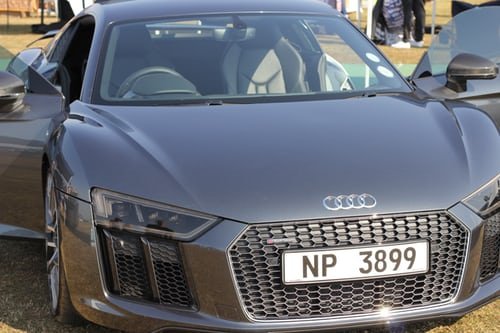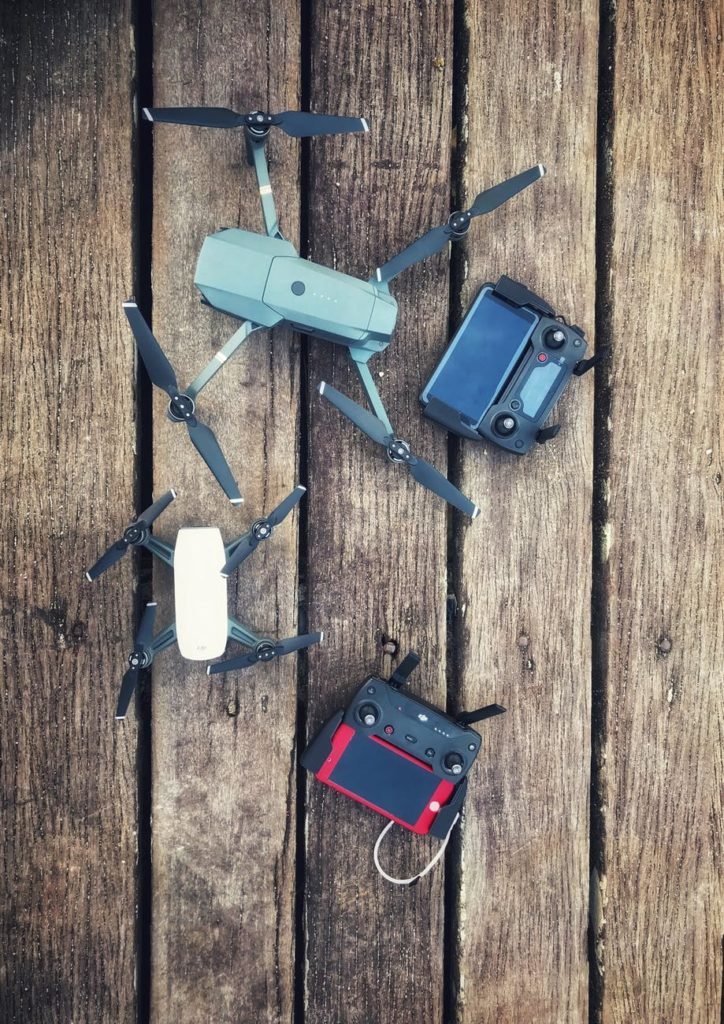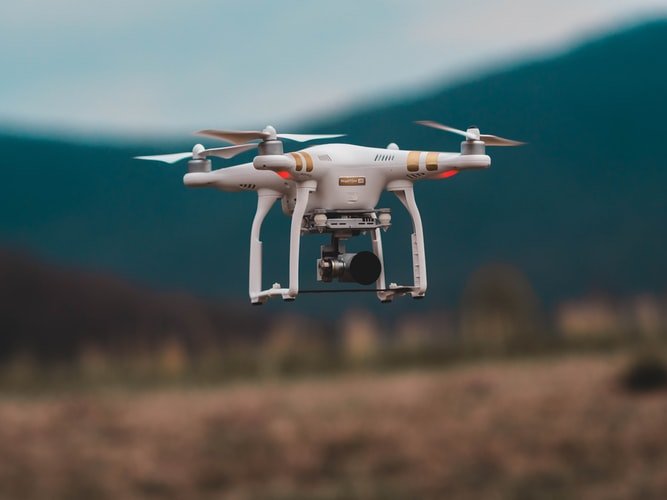When we talk about driverless cars or drones, we are basically refereeing to a kind of technology that is perceived to rule the future of autonomous navigation. Although the two technology lies in a similar field, they are in a competitive state in which the technology will be most disruptive. Generally, driverless cars are a developed recommendation that is basically based on transforming the way products and people move on our railroads, our airspace, and significantly our roads. Here, we will discuss which is better between drones and driverless cars.
Drones and Driverless Cars: Which is Better
The robots are here! Advances in automation and machine learning are ushering in an era of online workers. In the future, drones, driverless cars, and artificial intelligence will effortlessly coordinate and transport goods and people around the globe for a little cost. But first, we must get our policies right.
Drones, also known as “unmanned aerial systems” or UAS’s, are prepared to become omnipresent in the future. Drones are projected to offer huge productivity gains and cost savings in agricultural production, product delivery, journalism, and data gathering, and to offer another interesting outlet as a proper old-fashioned customer hobby.
“Driverless cars” or “Autonomous vehicles” are automotive technologies that allow automobiles to operate without help from humans. Driverless cars are expected to significantly lessen the number of highway deaths as well as injuries while reducing the expenses of transportation and shipping. Autonomous cars can also be utilized in manufacturing and warehouse capacities to enhance efficiency and speed while reducing human costs and injury.
Technologies that use artificial intelligence or automation methods can rouse noticeable anxieties among consumers and policymakers. But smart technologies need smart regulations. Policymakers must take care to create and maintain a flexible system that handles real issues instead of hypothetical ones.
Thinking about the autonomous cars holistically is to be praised. Yet automation on the land still seems to rule the conversation. You must have come across headlines regarding driverless buses, cars, and trains.
However, it is another technology that will rule the future of autonomous navigation. These are the drones. It is an autonomous aircraft instead of cars, that have the benefits that will make pervasive acceptance of vehicles without any human operator in the coming days.
On the contrary, autonomous drones refer to the automated aircraft that will significantly make it possible for the worldwide adoption of vehicles that do not need human operators in the coming future. From the look of things, the future of autonomy lies in drones and not the driverless cars.
Here are a few reasons why drones will be the most disruptive one:
- Drones work in the 3D environment while self-driving cars work in the 2D environment
- Drones are less congested while the self-driving cars are congested more
- Drones are more flexible as they operate under shifting regulations whereas self-driving cars are comparatively less flexible as in that they come with established regulations
- Self-driving cars are more prescriptive as cars must obey road signs, traffic rules, and regulations. On the contrary, drones offer a challenge in the last 10 feet

Drones are comparatively cheap and easy to access- As per the recently carried research, drones can be bought at different prices, therefore, opening the market to many innovators and entrepreneurs. In addition, purchasing a drone just for model testing, experimentation with an effort, or even starting a new company is also relatively affordable. On the contrary, the automotive market is very competitive and challenging. The market is well-established and full of well-funded people. This can be a big challenge to new players and therefore cannot be disruptive in the future autonomous navigation field. It is crystal clear that the drone business can iterate and consider new technologies that can take the form.
Three-dimension traveling is more flexible compared to two dimensions- Often cars travel in simpler paths in relation to where the drones fly, but they lack flexibility. They are restricted to traveling; backward, right-left, and forward. On the other hand, Drone, are flexible and unlimited in that they have the liberty of maneuvering into various routes and airspaces. A drone can travel nearly 400 feet of airspace. Basically, this means that it becomes much simpler for those small drones to adjust the routes avoiding obstacles, hazards, and other problems that might occur in the airspace. The restriction that self-driving cars have cannot permit it to avoid limitations that are offered by the lanes of the highway.

Innovation is accelerated by an open platform- It is on the record that open platforms generally have a fast-track in as much as innovations are considered. This is vivid when it comes to the technology of drones. Drones which are mainly the unmanned aircraft, are the most democratic systems in the existing autonomous navigation field. This led to a great collaboration between hardware manufacturers, software developers, and service providers. Such kind of collaboration is very significant because it enables maximum innovations as anyone can invent a solution powered by drones.
It is possible to design low-attitude airspace for the drones– From the beginning, our network of highways, roads, overpasses, and bridges has been constructed on the premises of human drivers. The roads and street signs were static. The traffic flows much as it did when the initial roads were simply dirty ways. If we designed our cities in a new way today, we would create a fundamentally different traffic system, i.e. cloud-based and efficient microscale adjustments to effectively manage millions of cars in continuous communication with each other and the networks.
Onboard driverless navigation is not enough to make a vehicle autonomous. These cars will also need assistance from high definition maps, real-time road capture through computer vision, an integrated network that connects each vehicle with other driverless cars, and a continuous flow of information regarding hazards, traffic, and obstacles. And as now driverless cars are available online, they will replace human-operated cars altogether. Instead, they will share the roads and with human drivers comes human mistakes. Safe, autonomous driving will be hard to achieve until every car is a driverless one.
On the other hand, the low-altitude airspace is mostly untouched. As drones fly up in the sky, industry stakeholders have the chance to build a network that is meant to accommodate autonomous navigation from the initial stage: online, connected, and data-driven.
Cheap technology is an accessible one
The price of entry to the automotive market is extremely steep, and the industry is filled with established and well-funded players. On the contrary, drones can be bought at a wide range of prices. This opens the ecosystem to several entrepreneurs and innovators. Purchasing a drone to test a new application, experiment with a new business model altogether, or start a new firm is relatively cheap. The ultimate result: drone technology can be adopted fast, drone businesses can rehearse fast, and new innovations can take cause.
Considering all these together, these benefits suggest that millions of autonomous drones will fly in the sky long before millions of autonomous cars travel on our roads.
These are some of the differences between drones and driverless cars. Drones have played a major role in the world of technology and seem to be very promising in the future. The government should play its part in empowering drone manufacturers and operators. This will help the companies to be more and more innovative.

